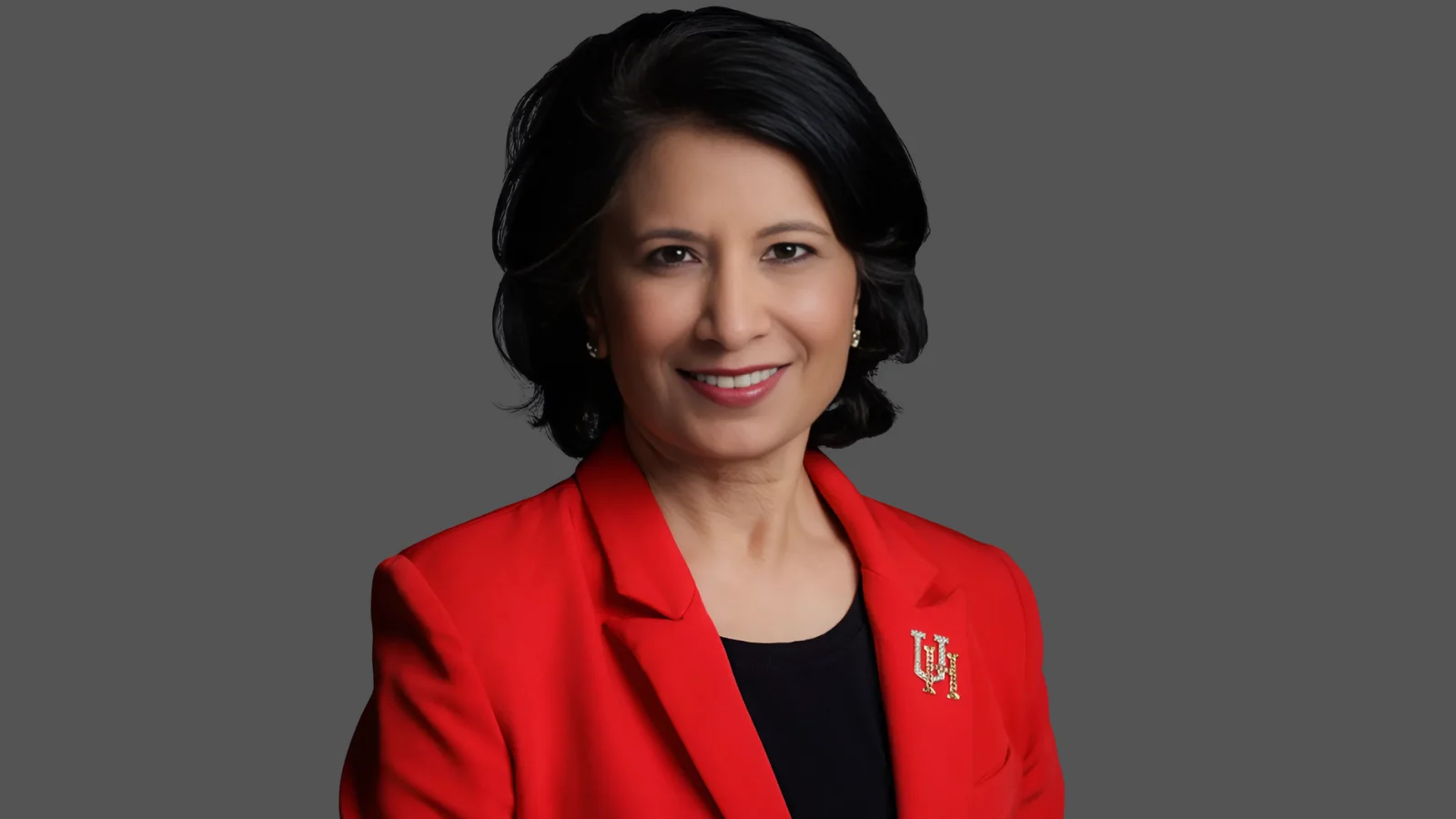Archaeologists from the University of Houston have made a significant discovery at Caracol, Belize. They have uncovered the tomb of Te K’ab Chaak, the first ruler and founder of the royal dynasty of this ancient Maya city. This site was once a major political force in Maya history, dominating the southern Yucatan Peninsula between 560 and 680 AD before its abandonment by 900 AD.
The tomb is notable as it is the first identifiable ruler’s tomb found in over four decades at Caracol, which is the largest Maya archaeological site in Belize. Te K’ab Chaak, who ascended to power in 331 AD, was buried with various artifacts including pottery vessels depicting scenes of Maya rulers and deities, jadeite jewelry, and spondylus shells.
The excavation team led by Arlen F. Chase and Diane Z. Chase has been working at Caracol for more than 40 years. Their research has been supported by several organizations including the Alphawood Foundation and the University of Houston.
Diane Z. Chase commented on historical connections between Maya civilization and central Mexico: “One question that has perplexed Maya archaeologists since the 1960s is whether a new political order was introduced to the Maya area by Mexicans from Teotihuacan.” She added that “Maya carved stone monuments, hieroglyphic dates, iconography, and archaeological data all suggest that widespread pan-Mesoamerican connections occurred after an event in 378 AD referred to as ‘entrada.’”
Further findings include a cremation dated to AD 350 containing artifacts from central Mexico, suggesting early contact with Teotihuacan before previously recognized timelines. Arlen F. Chase noted: “Both central Mexico and the Maya area were clearly aware of each other’s ritual practices.”
Research continues on this significant find with further analysis planned on skeletal material and artifacts. The Chases will present their findings at an upcoming conference hosted by the Santa Fe Institute.

